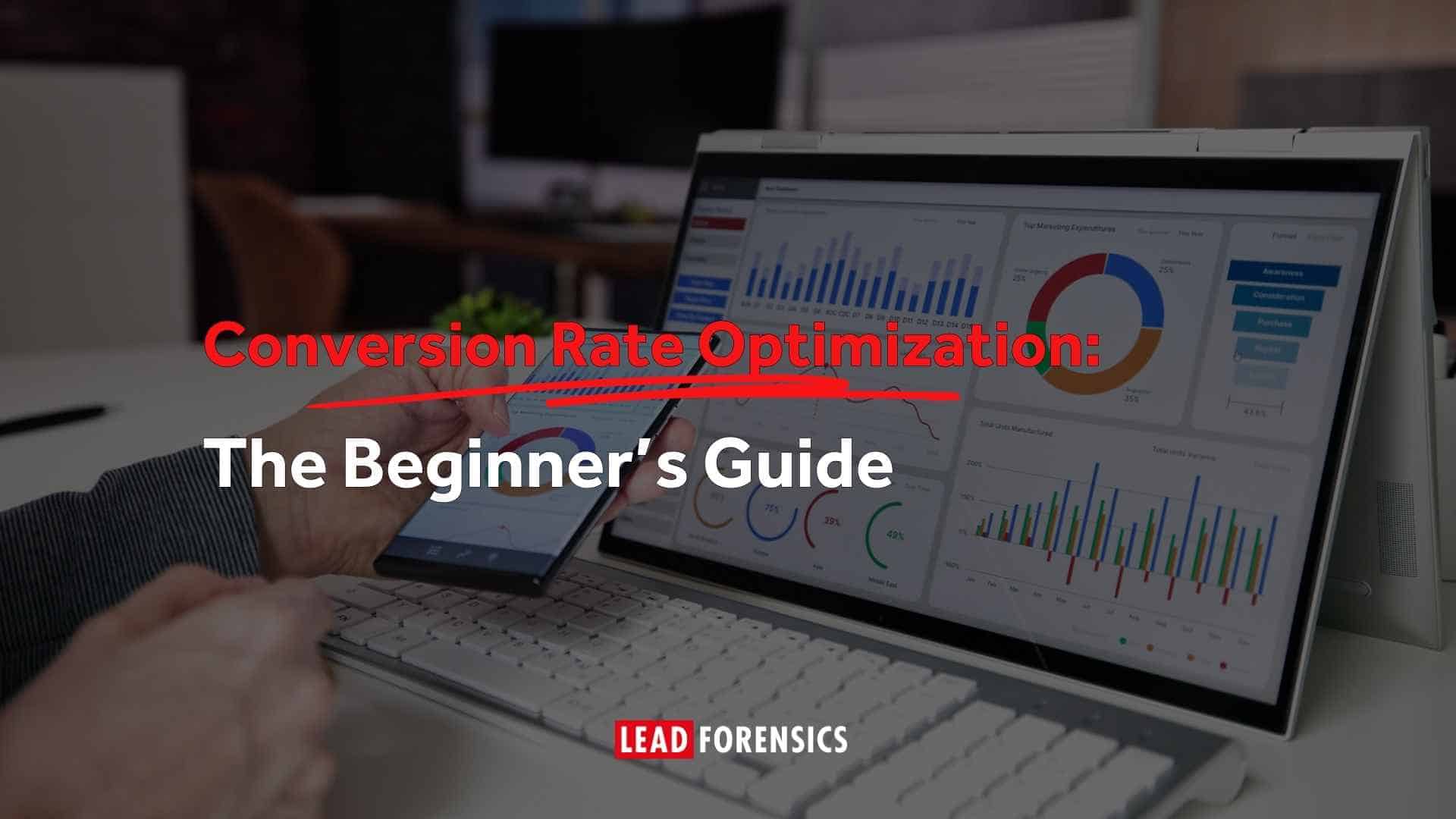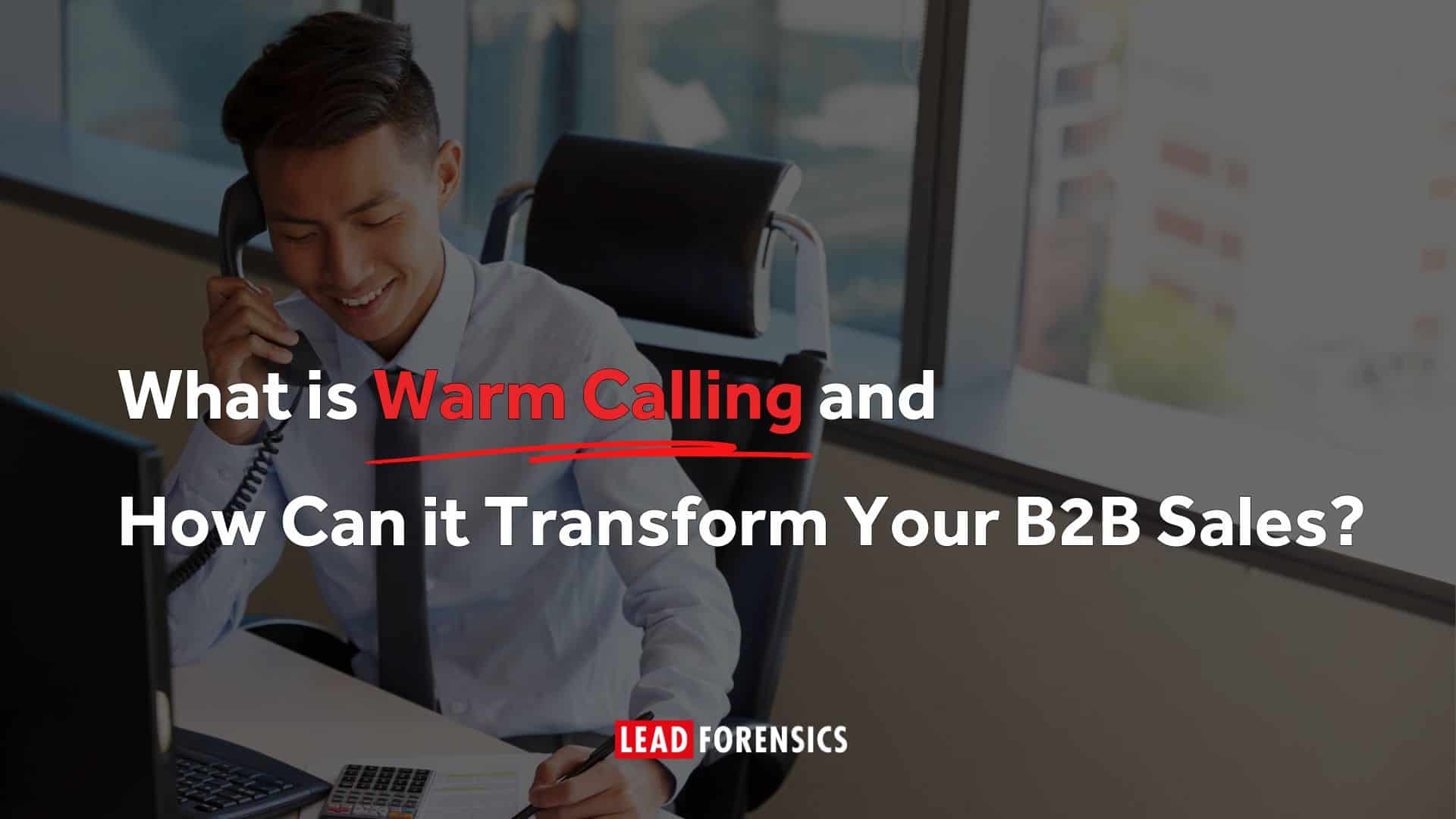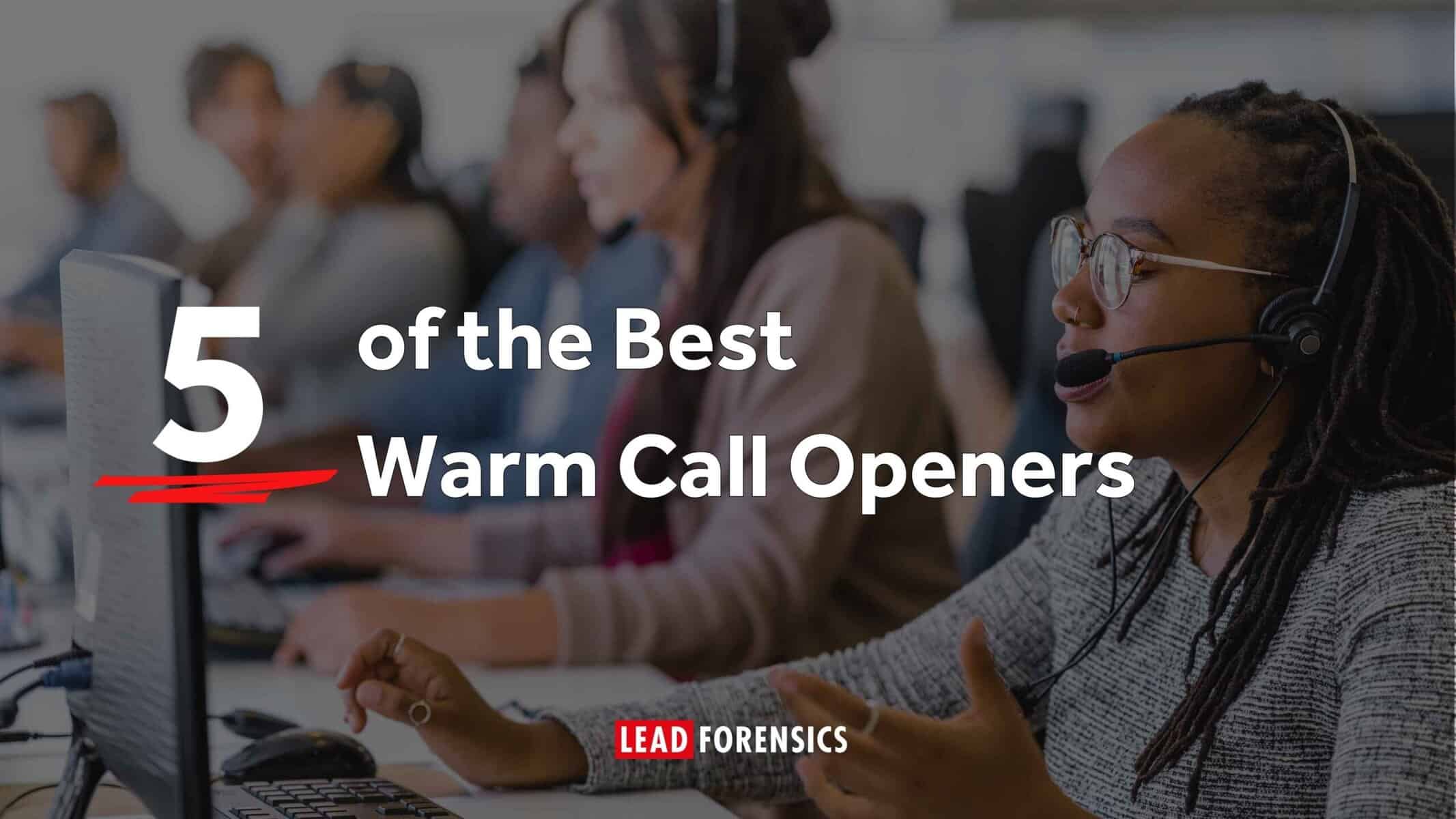2: Referral networking
Gaining new business opportunities that are high-quality and likely to sell is no easy feat. When 9 out of 10 purchasing decisions are based on peer recommendations, referrals are like gold dust.
The problem is, many of us are too scared to ask, worried we’ll place our newly found clients in an awkward position, it might put them off our brand and damage retention – right?

Apparently not – in fact a whopping 91% of B2B buyers said they would be happy to provide referrals for a product they think is good and have gained ROI from.
This is a great sign, yet only 11% of salespeople ask for referrals, making it a highly underrated B2B sales technique.
I’m sure you’ve already got a happy customer or two in mind, so give them a call, talk about how they’re enjoying their new solution and ask if they would refer anyone – the worst they can do is say no!
You can also tap into your customer base and discover who has left you 5-star reviews, or sent communications of praise and thanks. They obviously believe in your product and have no reason not to share it with others – especially if you offer them a good incentive to sweeten the deal!
3: The “Challenger” sale
This is a relatively new B2B sales technique, based on the bestselling book from Matthew Dixon and Brent Adamson. They put forward the idea that in B2B sales, there are 6 different types of distinctive personalities, all approaching sales in a different way.
These ranged from the well-known Relationship builder to the lesser known Lone-wolf, and the Challenger. Their study showed that over 50% of the highest performing salespeople, across 90 organizations, were Challengers.
I know – the name sounds a little combative
But what exactly does the Challenger do that works so well?
Challengers are naturals at debating, often leaving conversational boundaries behind and taking a more controversial, but optimistic approach. In sales, they put work into gaining advanced knowledge about their prospect and use this insight to challenge their leads on current processes.
The aim isn’t to sell prospects an addition to their current process. The aim is to encourage the prospect to change their process around your product. The name “Challenger” alone describes how the salesperson remains in control, constantly challenging the prospect’s current situation.
This technique is still relatively fresh to our sales world, and whilst it may not work for some, others have seen incredible success when adopting this as part of a wider strategy. The key problem lies in its adoption among sales teams.
It takes a certain sort of person to master this selling technique and whilst some can learn it, others simply can’t. Before embarking on a Challenger sales strategy, take the time to look at your team and your target audience to know whether this is the right move.
Much like the force, this strategy should be used wisely!
4: SPIN selling
SPIN selling has been around for a good few years now. But, it is imperative to sales success, and we can’t talk about the best B2B sales techniques without mentioning Rackham’s sales breakthrough.
SPIN selling focuses on the questions you use to qualify your new B2B sales leads. These questions are vital as they help tailor your approach to best suit your prospect, while offering a springboard to create a memorable and impactful relationship.
SPIN works as follows:
- S – Situation questions: These questions ask about the prospect’s current situation, helping your team better understand their motives. They allow your team to tailor their offering to meet the prospect’s current business needs e.g. “How do your currently obtain and manage your sales leads?”
- P – Problem questions: These questions aim to highlight the prospect’s problems, helping them identify their business weaknesses and hindrances. They help your team drive the sale forward, as you have a solution to resolving these problems e.g. “Does your team have a shortage of high-quality leads?”
- I – Implication questions: These questions prove the possible impact these problems could have on the prospect’s business if unresolved. They help your team establish a sense of urgency, as the prospect sees the importance of taking action e.g. “If your team continues to gain low-quality leads, will it stifle your business growth?”
- N – Need/payoff questions: These questions help the prospect understand how valuable a solution to their problem could be for their business. This is where your team maximize on those client success stories and key benefits e.g. “Why is gaining plenty of high-quality sales leads important to your future?”
Using SPIN as the backbone of your sales qualifying approach gives your team the best chance of success.
Ensure everyone on your team understands SPIN selling and how to compose questions matching these 4 valuable criteria, and get the wheels of success spinning!
5: Warm calling
We’re all familiar with cold-calling – the B2B sales technique has proven its worth for many years, but its appeal to a modern-day audience is waning. Do people really like receiving unplanned calls about your product?
Evidently not – in fact, 50% of UK B2B buyers list repeated cold calling and emailing as the #1 disqualifying sales activity.

Whilst the telephone remains one of the most effective tools in the eyes of B2B salespeople, the best way to make impactful contact that your buyers respond to, isn’t to call them when they’re cold.
Instead, you need to let them defrost a little and call them when they’re warm. Calling new prospects in response to interest shown is an incredible way to generate new sales leads and keep your product front-of-mind.
What better way to conduct a warm calling strategy than by contacting the businesses visiting your website? They already have an interest in your product and are clearly in the market for a solution like yours.
For an exceptional warm calling approach, you need Lead Forensics. The market-leading software identifies the businesses visiting your website in real time, provides contact details for key decision makers and alerts you and your team in real-time.
This fuels your team with all the information they need to make instant, direct contact with new business leads, tailoring the call to reflect the pages they viewed on your website. This warm calling approach has seen outbound sales call success increase by up to 40%.
Discover the power of Lead Forensics – book your free trial today!










Pre-pandemic, salespeople in the UK spent on average 36% of their time at work selling and using B2B sales techniques. By 2022 that had dropped to just 28%.
So what are they doing instead?
They’re investing time into carefully researching opportunities, and identifying the best way to reach out to them
…and it seems to be paying off – Sellers who exceeded quotas by 25% or more report spending only a quarter of their time actively selling.
However, this also means that there are a whole host of new selling techniques and concepts in line with this way of selling that prioritises quality over quantity, and keeping up with them can feel like a second full-time job.
But never fear! Lead Forensics is here to break down five sales techniques to bring you success.